
History of the Kobe Steel Group

The Early Years (1905 - 1945)
KOBELCO history began in September 1905 when Suzuki Shoten, a trading firm, acquired a steel business called Kobayashi Seikosho in Wakinohama, Kobe. That business became Kobe Seikosho, now known as Kobe Steel, Ltd. In 1926, KOBELCO completed Japan’s first cement plant and in 1930 produced Japan’s first electric mining shovel. Over the next four decades, KOBELCO steadily solidified its position as a manufacturer. However, by the end of World War II in 1945, air strikes had left its factories throughout Japan heavily damaged.
September 1905
Kobe Seikosho (Kobe Steel Works) is founded by Suzuki Shoten, a general partnership company. The company is incorporated in 1911.
 Kobe Steel soon after its foundation
Kobe Steel soon after its foundation
1914 Machinery business begins Kobe Steel makes Japan's first air compressor.
August 1916 Steel products business begins Kobe Steel starts producing rolled steel products.
December 1917 Copper business begins Kobe Steel starts production of copper tube and bar.
April 1926 Engineering business begins Kobe Steel completes Japan's first cement plant for Nippon Cement. The Saeki Plant has an annual capacity of 450 metric tons.
 Cement machinery circa 1923
Cement machinery circa 1923
September 1930 Construction machinery business begins Kobe Steel produces Japan's first electric mining shovel.
 Japan's first electric shovel, the 50K
Japan's first electric shovel, the 50K
February 1937 Aluminum business begins The Nagoya Plant starts production of aluminum castings and forgings. In 1939, the Chofu Plant begins production of aluminum rolled products.
 Nagoya Plant
Nagoya Plant
 Chofu Plant under construction
Chofu Plant under construction
July 1940 Welding business begins Kobe Steel produces Japan's first welding electrodes.
The Growth Years (1945 - 1970)
In 1951, when Japan was still getting back on its feet after World War II, KOBELCO was the first in Japan to produce titanium and pioneered the industrial application of this metal. In 1959, the No. 1 Blast Furnace at Kobe Works was fired, turning KOBELCO into an integrated steelmaker. In 1970, the Kakogawa Works was completed, broadening its product line-up to include steel wire rod, bar, plate and sheet. Along with Japan’s high growth, KOBELCO, too, grew bigger and became a diversified enterprise encompassing steel, nonferrous metals and machinery.
November 1951 Kobe Steel begins production of titanium.
 Dr. William J. Kroll visits Kobe Steel's titanium laboratory in 1953 to see the vacuum-type high-frequency melting furnace during testing.
Dr. William J. Kroll visits Kobe Steel's titanium laboratory in 1953 to see the vacuum-type high-frequency melting furnace during testing.
May 1958 Overseas plant business begins Kobe Steel and Pakistan Industrial Development Corporation sign a contract for Kobe Steel to supply a urea fertilizer plant. This is Japan's first plant export.
 Fertilizer plant constructed in East Pakistan, currently Bangladesh
Fertilizer plant constructed in East Pakistan, currently Bangladesh
January 1959 The Nadahama No.1 Blast Furnace is inaugurated, establishing integrated steel production.
 Nadahama Plant
Nadahama Plant
September 1960 Business development in North America Kobe Steel opens an office in New York City. In 1988, this office becomes Kobe Steel USA Inc., the U.S. headquarters of Kobe Steel.
April 1968 Overseas production begins Thai Kobe Welding Co., Ltd. is established in Thailand to produce welding electrodes.
March 1970 Kakogawa Works is completed. Kobe Steel can now supply steel wire rod, bar, plate and sheet.
 Kakogawa Works
Kakogawa Works
Globalization (1970 - 1995)
From the 1960s, KOBELCO began to expand overseas. In 1960, KOBELCO opened its first overseas location, an office in New York City. In 1962, KOBELCO completed a fertilizer plant in East Pakistan, currently Bangladesh. This was Japan’s first plant export. The 1970s saw an acceleration in its global activities with the establishment of companies and offices in Southeast Asia, the Middle East, the United States and China. Overseas activities and our diversified businesses gained momentum. It was at this time that KOBELCO became an international mark of Kobe Steel.
August 1976 Expansion into Southeast Asia Singapore Kobe Pte. Ltd. is established in Singapore to make copper tube. It now makes copper strip and leadframes.
February 1977 Entry into the Middle East. The Sharjah Office is established in the UAE.
September 1979 KOBELCO becomes the international registered mark of Kobe Steel.
August 1983 Midrex Technologies, Inc., a U.S. company, is acquired, enabling Kobe Steel to develop the direct reduction and ironmaking plant business.
July 1984 Business development in China Joint venture Zhoushen Co., Ltd. is established to manufacture nonferrous metalworking machinery.
October 1988 Kobelco Compressors (America), Inc. (currently Kobelco Compressors Manufacturing Indiana, Inc.) is established in Indiana, USA to make standard compressors.
March1991 PRO-TEC Coating Company, a joint-venture with U.S. Steel, is established in the U.S. to produce hot-dipped galvanized steel sheet.
 PRO-TEC Coating Company
PRO-TEC Coating Company
June 1994 Kobelco Welding of Europe B.V. is established in the Netherlands to produce welding consumables.
October 1994 Chengdu Kobelco Construction Machinery Co., Ltd. is established in China to make hydraulic excavators.
January 1995 Kobe Steel's rugby club wins the All-Japan Rugby Football Championship seven times in a row.
 The Kobelco Steelers' first victory in the All-Japan Championship.
The Kobelco Steelers' first victory in the All-Japan Championship.
Over 100 years in Business (1995 to present)
In January 1995, the Great Hanshin-Awaji Earthquake struck western Japan. The quake caused tremendous damage to KOBELCO. Our Kobe Head Office was completely destroyed and one of its blast furnaces, the heart of a steelworks, had to be shut down. However, KOBELCO wasn’t beaten. Two and a half months later, the blast furnace went back into operation and production quickly returned to normal. KOBELCO became Japan’s largest wholesale supplier of electricity with the start-up of the No. 1 Power Plant at Shinko Kobe Power Station in 2002 and the No. 2 Power Plant in 2004. Continuing to go forward, KOBELCO further expanded its overseas locations. In 2005, KOBELCO celebrated its 100th anniversary. Overcoming turbulent times over the past century, KOBELCO is moving ahead into the future.
January 1995 Kobe Steel sustains 102 billion yen in damage from the Great Hanshin-Awaji Earthquake.
 Kobe Steel sustained massive damage in the Hanshin Quake.
Kobe Steel sustained massive damage in the Hanshin Quake.
August 1997 Kobe CH Wire (Thailand) Co., Ltd. is established in Thailand to make CHQ wire.
October 2000 Kobelco Compressors (Shanghai) Corporation is established in China to sell standard compressors.
March 31 2001 Kobe Steel forms global alliance with CNH Global.
April 2002 IPP business begins. The No. 1 Power Plant of the Shinko Kobe Power Station begins commercial operation. (The No. 2 Power Plant starts up in 2004.)
 Shinko Kobe Power Station
Shinko Kobe Power Station
September 2005 Kobe Steel celebrates its 100th anniversary.
April 2006 The corporate mark KOBELCO becomes the unified brand of the Kobe Steel Group.
November 2006 Expanding into India. Kobelco Construction Machinery Co., Ltd and Itochu Corporation establish a joint venture, Kobelco Construction Equipment India Pvt. Ltd., in India to sell construction machinery.
April 2010 Medium- to Long-Term Business Vision KOBELCO VISION "G" is launched and Kobe Steel actively expands overseas. By 2020, overseas sales is expected to comprise 50% of total sales.


Caterpillar sees US tariff hit of up to $1.5 billion this year

Australia pledges $87M to rescue Trafigura’s Nyrstar smelters in critical minerals push

SAIL Bhilai Steel relies on Danieli proprietary technology to expand plate mill portfolio to higher steel grades

Alba Discloses its Financial Results for the Second Quarter and H1 of 2025
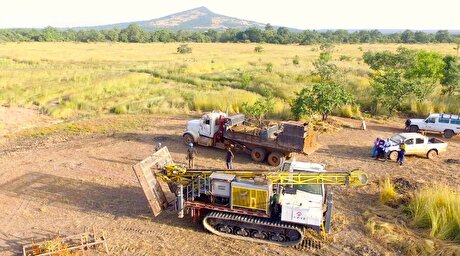
Fortuna rises on improved resource estimate for Senegal gold project
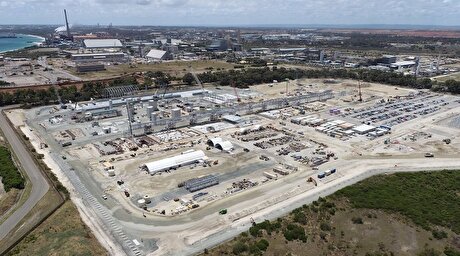
Tianqi Lithium Australia JV says it is prioritizing long-term viability of refinery

Fresnillo lifts gold forecast on strong first-half surge

Copper price slips as unwinding of tariff trade boosts LME stockpiles

Why did copper escape US tariffs when aluminum did not?
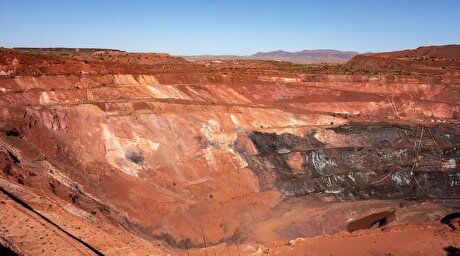
New research reveals source of world’s richest lithium deposits

Century Aluminum to invest $50M in Mt. Holly smelter restart in South Carolina
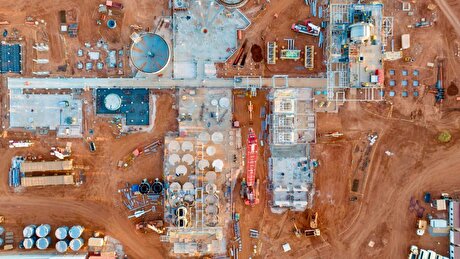
Australia to invest $33 million to boost Liontown’s Kathleen lithium operations
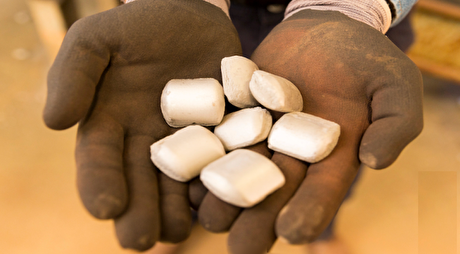
Glencore warns of cobalt surplus amid DRC export ban
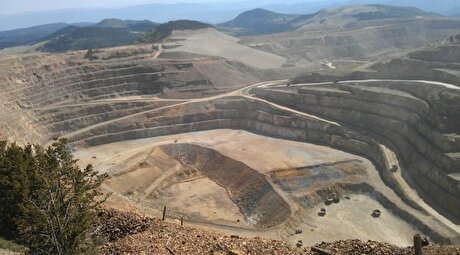
SSR Mining soars on Q2 earnings beat

A Danieli greenfield project for competitive, quality rebar production

China limits supply of critical minerals to US defense sector: WSJ
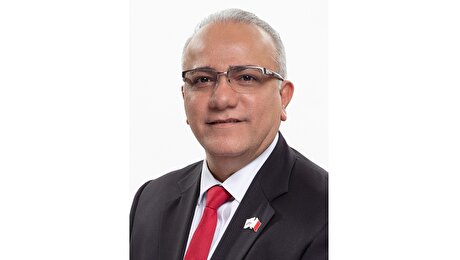
Alba Hits 38 Million Safe Working Hours Without LTI
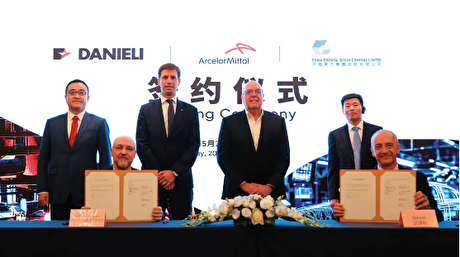
Advanced cold-rolled strip for China’s New Energy Vehicle market

Codelco seeks restart at Chilean copper mine after collapse

Century Aluminum to invest $50M in Mt. Holly smelter restart in South Carolina

Australia to invest $33 million to boost Liontown’s Kathleen lithium operations

Glencore warns of cobalt surplus amid DRC export ban

SSR Mining soars on Q2 earnings beat

A Danieli greenfield project for competitive, quality rebar production

China limits supply of critical minerals to US defense sector: WSJ

Alba Hits 38 Million Safe Working Hours Without LTI

Advanced cold-rolled strip for China’s New Energy Vehicle market

Codelco seeks restart at Chilean copper mine after collapse














